The West’s Best Season

TRANSITION: David Fross calls the coffeeberry bush one of his Top 10 plants because its lustrous green leaves offer a transition from gray to green. (Myung J. Chun / LAT)
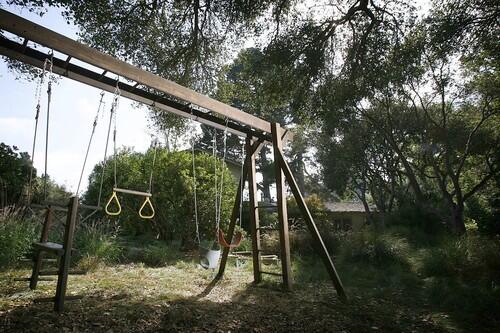
OAK COVER: In the meadow, a swing set is surrounded by a carpet of rich green sedge. I love the way it looks when its pressed down into a mat, says David Fross, who discovered the resilient Carex praegracilis in the local dunes in 1983, then planted it at home. Five years later he introduced it to the trade. Now nurseries throughout the state sell the mounding and perennially green alternative to lawn. Other plants in the shady part of the meadow include deer grass, blue sedges and wild rye. (Myung J. Chun / LAT)
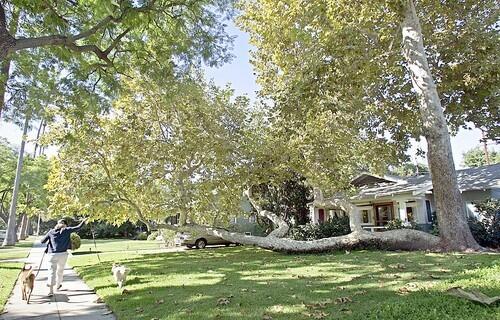
INSTANT BIG TREE: The Western sycamore grows fast and tall, though not always straight, and gets along well with other natives. (Ricardo DeAratanha / LAT)
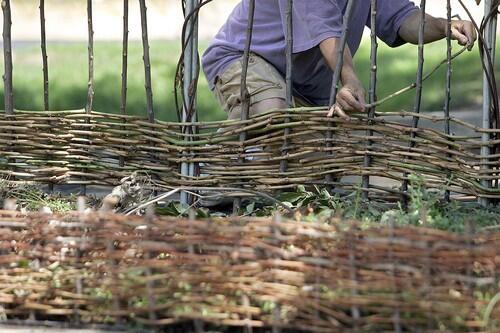
INTERTWINED: Start the wattle by stripping branches to make them smooth. Cut them into 1- to 2-foot lengths to use as stakes. Weave stripped vines, among the stakes. Let the fence dry. Leave it natural or stain it with a cherry-tinted polyurethane. (Ricardo DeAratanha / LAT)
Advertisement
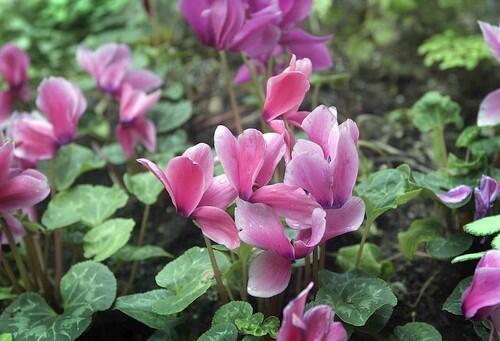
GROUND COLOR: Cyclamen planted in shady spots will bring delicate blooms to the garden. (Robert Lachman / LAT)
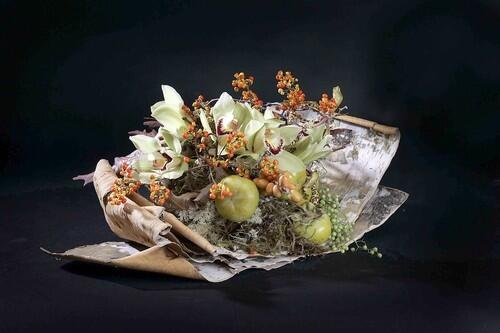
PERFECTLY IMPERFECT: Foraging is designer Sharon Lowes passion. She set cymbidium blooms, pepper berries, fall leaves and young persimmons atop pieces of birch bark rather than in a flashy vase or bowl. Its organic, not some big intrusive vessel, says Lowe, owner of FloracopiaÖ in West Hollywood. Start with the standard foam core, surround it with moss, then add seasonal touches items in your surroundings that youre inspired by, she says, or that simply please you. Floracopia, (310) 659-9537, [email protected] (Stephen Osman / LAT)

ROOTED IN CHARACTER: The mottled trunks line Simpson Avenue in North Hollywood. (Mel Melcon / LAT)







